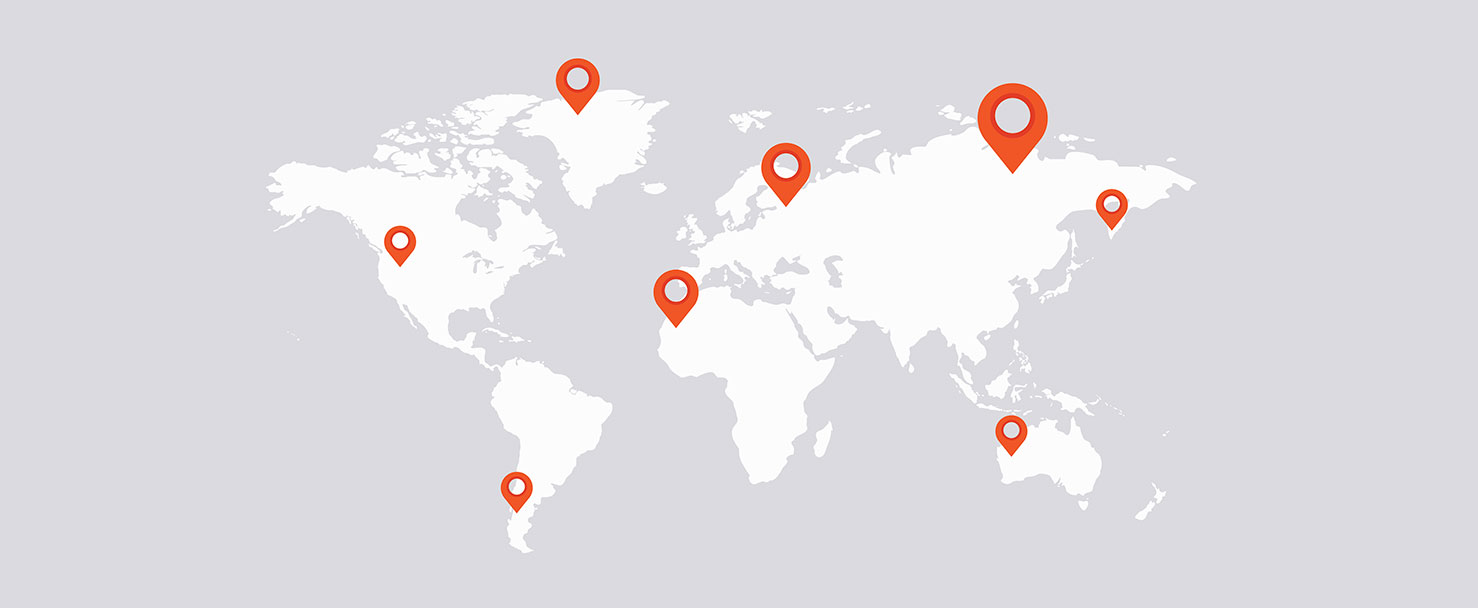Geo-targeting 101
How to tailor your message to travelers based on their location.
As people become more reliant on mobile devices, geo-targeting—delivering location-based content—is increasingly important, particularly for hospitality. “Location is one of, if not the most, important factors in travel, so, naturally, utilizing location in marketing has a wide variety of applications for resorts,” says Jonathan Riley, account manager at Personyze, a personalization marketing company.
Resorts can reach users by location via targeted Facebook and Google ads or obtain location data themselves with software such as Accengage and Personyze. Locations are identified at the city or zip-code level through an IP address or device ID or on a more granular level using GPS.
Geo-targeting is often confused with geo-fencing. Whereas geo-targeting delivers ads to a specific group of people within a geographic radius, geo-fencing delivers ads to anyone who crosses inside a virtual barrier and is therefore often used within shorter distances.
As for the use case, if your resort is in a sunny area, Riley recommends targeting owners experiencing winter weather. If there’s a promotion at your on-site spa or restaurant, consider sharing it among people in your zip code. And if your resort has an app that asks users for their location, you can send custom push notifications and offers.
Image credit: iStockphoto




